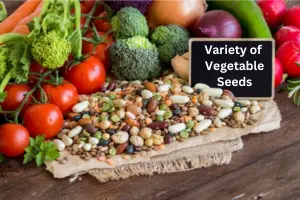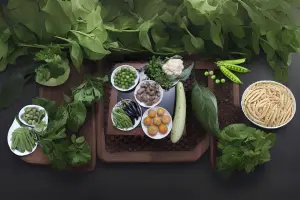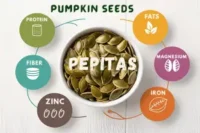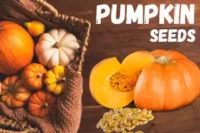What Is the Difference Between a Grain and a Seed?
Published: 3 Dec 2024
Hello, Curious Learners!
Have you ever wondered how grains and seeds serve as the building blocks of our food systems? Understanding the difference between a grain and a seed is vital, as grains nourish us while seeds ensure plant reproduction. As bricks and mortar build a strong foundation, grains and seeds are essential to agriculture and ecosystems.
Sheila, a botany expert with seven years of experience, dives into this topic to clarify these distinctions. This article will outline their critical differences, definitions, common misconceptions, and the importance of grains and seeds in agriculture with a conclusion and FAQs.
This article will provide important information about grains and seeds, enhancing your understanding of plant biology. Let’s start our educational journey together!
Critical Differences Between Grains and Seeds
Grains and seeds look alike but have different roles. Each has unique benefits for nutrition, agriculture, and the environment. Here are some dissimilarities in both of them based on
- Primary Function
- Anatomy
- Nutritional Values
- Botanical Classifications
- Usage in Food
| Aspects | Grains | Seeds |
| Primary Function | Rich in carbohydrates for quick energy | Mainly used as a food and energy source 🍞 |
| Nutritional Values | Higher in proteins and fats for sustained energy | Found in bread, pasta, cereals, and staple foods |
| Botanical Classifications | Comes from cereal grasses (Poaceae family) | The broader category includes all plant seeds |
| Usage In Food | Used as snacks, in salads, or for oils | Used as snacks, in salads, or for oils |
| Digestibility | Varies; often harder to digest in raw form🤔 | Easier to digest, especially when sprouted |
| Anatomy | Includes Bran, germ, and endosperm | Contains seed coat, embryo, and stored food |
| Examples | Wheat, rice, oats🌾 | Sunflower seeds, chia seeds, beans |
Defining Grains and Seeds
I can define grain and seed in a simple form for your better understanding:
What is a Grain?
Grains are the edible seeds of cereal grass. They’re a significant part of our diet, fueling meals worldwide.
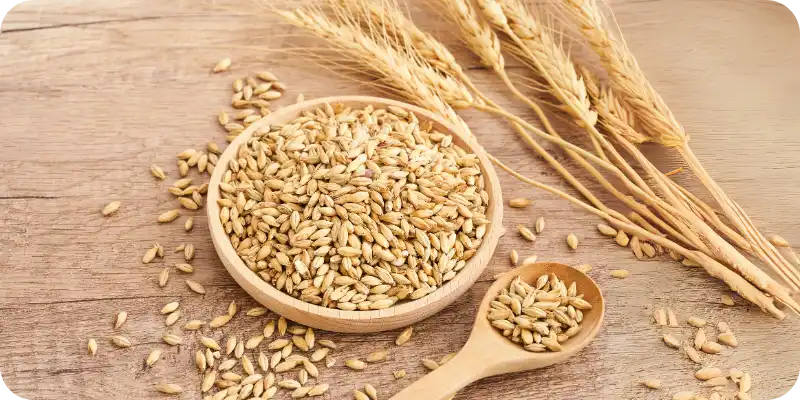
Examples
Some common grains are wheat, rice, and barley. Growing up, I remember how a rice bowl was a staple at every family meal, just like in many cultures.
What is a Seed?
A seed is a tiny plant embryo wrapped in a protective shell. It holds all the nutrients needed to grow into a new plant.
A seed hidden in the heart of an apple is an orchard invisible.🌳🍎Welsh Proverb
Examples
Seeds come in many forms, such as sunflower, bean, and pumpkin seeds. Each type has a unique role in nature and provides nutrients for growth.
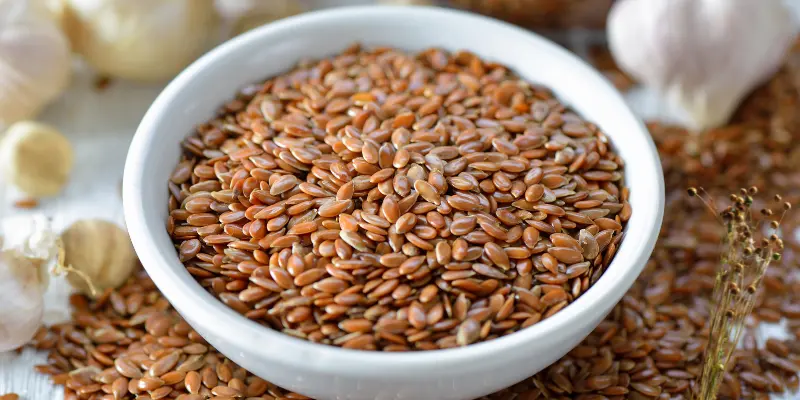
| Common Misconceptions |
|---|
Misunderstandings about grains and seeds are common, especially around what qualifies as a grain. Let’s clarify some key points to avoid confusion. Are all seeds grains? Not all seeds are grains, and not all grains are seeds. Think of grains as a specific type of seed, much like apples are a type of fruit. Grains come from cereal grasses, while seeds can come from almost any plant. This distinction often gets blurred, but understanding it helps recognize each one’s unique role in nature and nutrition. Are pseudocereals considered grains? Pseudocereals, like chia seeds and flaxseeds, may look and act like grains, but they come from plants outside the cereal grass family. They’re “grain-like” seeds that can be used similarly in cooking and nutrition but aren’t classified as grain. |
Importance of Grains and Seeds in Agriculture
1. Ensuring Food Security and Nutrition
Grains and seeds are the heart of the world’s food system like roots anchoring and nourishing a tree. As daily essentials, grains like wheat and rice are vital for sustaining worldwide populations, supporting food security, and alleviating hunger.
2. Supporting Biodiversity and Sustainable Farming
Grains and seeds promote biodiversity, similar to how diverse ingredients enhance a recipe. By planting a variety of grains and seeds, farmers create ecosystems that help control pests naturally and improve soil health. This eco-friendly approach reduces the need for chemicals, making farming stronger and better for the environment.
| Interesting Facts |
|---|
1. All grains are seeds, but not all seeds are classified as grains. 2. Grains provide carbs for energy, while seeds are rich in proteins and fats. 3. Grains are often refined; seeds are eaten whole, retaining complete nutrients. |
Conclusion 📝✅
Grains and seeds differ significantly in structure, purpose, and use, making understanding these distinctions essential in agricultural education and food science.
Grains, like wheat and rice, primarily serve as staple foods, while seeds are crucial to plant reproduction. Knowing the differences between a grain and a seed helps students appreciate their unique roles in food security and sustainable agriculture.
For more insights on grains, seeds, and their importance, explore our other resources on seedguides.com.
Frequently Asked Questions ❓🌟
You can read the below-discussed frequently asked questions for more details:
No, not all seeds are grains. Grains are a specific type of seed from cereal grasses, while seeds can come from various plants, such as trees, flowers, and vegetables.
Examples of grains include wheat, rice, and oats, while seeds include sunflower seeds, chia seeds, and beans. Grains are primarily cereal crops, whereas seeds come from diverse plant families.
Knowing the difference helps in understanding their roles in nutrition and agriculture. Grains provide staple food energy, while seeds contribute to plant reproduction and offer unique nutritional benefits.
Both have unique health benefits. Grains are rich in carbohydrates for quick energy, while seeds are higher in protein and healthy fats, offering sustained energy and essential nutrients.
Seeds and grains can be planted to grow new plants, but the process may differ. For example, grains like wheat and rice are planted for commercial or agricultural purposes, while seeds from fruits or vegetables are usually planted for growing specific crops.
Yes, grains are a type of seed, specifically the edible seeds from cereal plants. Grains come from grasses and are harvested for food, while seeds from other plants may not necessarily fall under the grain category.

- Be Respectful
- Stay Relevant
- Stay Positive
- True Feedback
- Encourage Discussion
- Avoid Spamming
- No Fake News
- Don't Copy-Paste
- No Personal Attacks



- Be Respectful
- Stay Relevant
- Stay Positive
- True Feedback
- Encourage Discussion
- Avoid Spamming
- No Fake News
- Don't Copy-Paste
- No Personal Attacks
